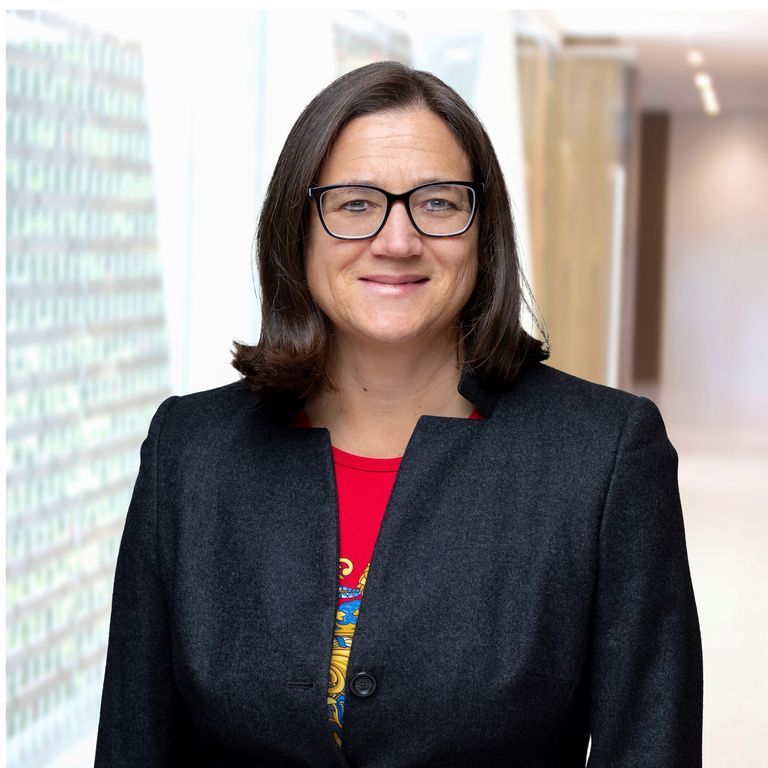Overview
Some states permit end-users to “obtain” energy generated at a remote location, without requiring such end-users to pay the utility to which they and the generator are interconnected for the delivery and ancillary services required to move the energy to the end-user’s load. Such “virtual net metering” is a key element of some community (or shared) solar programs. Examples of end-users that pay no delivery charges for energy delivered from “off-site” or “remote” generation are reflected in an Oregon commission’s recent May 23, 2018 order and in Minnesota, where the local utility continues to credit customers of community solar gardens at the full retail rate. In contrast, (most) other end-users must pay delivery charges when consuming energy delivered over the utility’s wires, whether the energy they consume is largely produced a block away or hundreds of miles away. (On-site net-metering programs also may result in free delivery service for end-users, but that issue is not the focus of this post.) The focus of this post is whether a state or state utility commission may lawfully mandate that energy produced at one location can be deemed to have been consumed by an end-user at another location without that end-user having to pay for delivery service if the utility’s wires are used for such delivery. As discussed below, there are a variety of legal grounds on which virtual net-metering laws, regulations, or tariffs could be challenged by utilities, customers to whom delivery costs may be shifted, and competing generators as relates to the free (or reduced cost) delivery service aspect of virtual net metering.
One legal argument against a virtual net-metering program that involves a shift of the sunk and variable costs of delivering energy to other end-users of the utility is that it results in unjust and unreasonable rates for such other end-users who bear such costs. Although such an argument may not pass muster before a state commission that has promoted and approved virtual net metering, a state appellate court could have a different view.
If, in contrast, a virtual net metering program does not allow the utility recovery of its delivery costs at all (e.g., if the load served by the community solar facility is counted in the denominator used to calculate delivery service rates to end-users, but then is not permitted to be charged to the end-users), a “takings” legal challenge is possible. Again, one would not expect a state commission that promotes virtual net-metering to uphold such a challenge and the issue would be left to the courts.
If the virtual net-metering program at issue is one where the end-users co-own or subscribe to a community solar facility such that the end-users take title to the energy at the facility, the interconnected utility is being compelled to provide unbundled transmission service to an end-user, even if the contract path only involves distribution wires. It can be reasonably argued that the delivery service being provided cannot be only a retail distribution service because the distribution grid is not sufficient, standing alone, to deliver energy, such that transmission service also is being used. Although a state commission may require unbundled transmission service to an end-user, it is up to FERC to decide the rate for such service and a utility could petition FERC to permit it to charge for unbundled transmission and ancillary services in such circumstances. Indeed, if the end-user is located in an ISO/RTO market in which the load of the end-user is counted in calculating the transmission and/or ancillary services load of the utility, the case may be relatively easy to make. A state commission should then be compelled to allow such charge to be passed through under the Nantahala doctrine. That said, proponents of virtual net metering could persuade FERC that they should not be subject to transmission charges and that the ISO/RTO should amend its tariff prospectively to not count such transmission load, just as station power load is exempt from transmission charges based on monthly netting in some ISOs/RTOs. Such argument, however, may be difficult to win, particularly if some states within the ISO/RTO charge community solar end-users for delivery services and do not support an ISO/RTO exemption.
In a virtual net-metering program where a third-party owns the generating facility outright, a third-party may sell its energy at wholesale to the utility who is required to issue bill credits to end-users; the credits may be sufficiently high that the end-users do not pay for delivery. Such a program can only be mandated under PURPA as to the utility energy purchase and although the delivery service may then be deemed a bundled retail service subject to state jurisdiction, the free delivery service aspect may still run afoul of PURPA, which requires that utilities be permitted to recover their full costs. Again, this would be particularly true where an ISO/RTO counts the remotely-served load in calculating the amount of transmission service used by the utility and demands that ancillary services be procured for such load.
An interesting discrimination issue arises in states that lack ISOs or RTOs, where the pro forma OATT demands that all transmission load be included in calculating Network Load, as reflected in orders such as Order No. 890. If a transmission provider adopts virtual net-metering and does not include all of its end-use load to which energy is delivered from off-site locations, but insists that wholesale customers abide by the longstanding policy that all behind the wholesale meter load be included in the rate denominator, the transmission provider could open itself to claims of discrimination. The more cautious option would be to count load served by community solar or virtual net-metering (or clarify that wholesale customers can likewise net). If the state will not permit delivery services to be charged to such customers, then only on the retail ratemaking side should the load not be counted.
These legal arguments beg the question: why haven’t virtual net-metering programs that mandate free delivery service been challenged at the courts or FERC by utilities, ratepayers that cannot access such programs (e.g., have been capped out), or other generators whose sales ultimately require that the end-use customer pay for delivery service? The answer may vary: caps on such programs (that may limit cost-shifts or potential losses); utility concern over utility-state commission relations; utility concern over public perception; among other reasons. Although, such programs are likely to be challenged, particularly if expanded to a level that threatens a utility’s financial health or ability to attract brand new load due to rates to customers that are not included, state commissions may also recognize that such programs must be limited or legal challenges will be brought.



